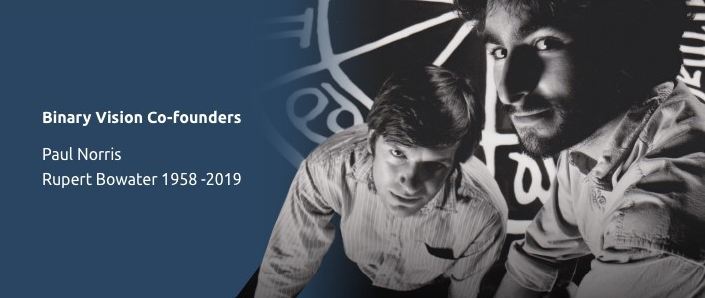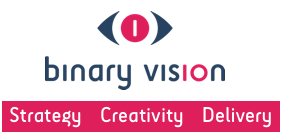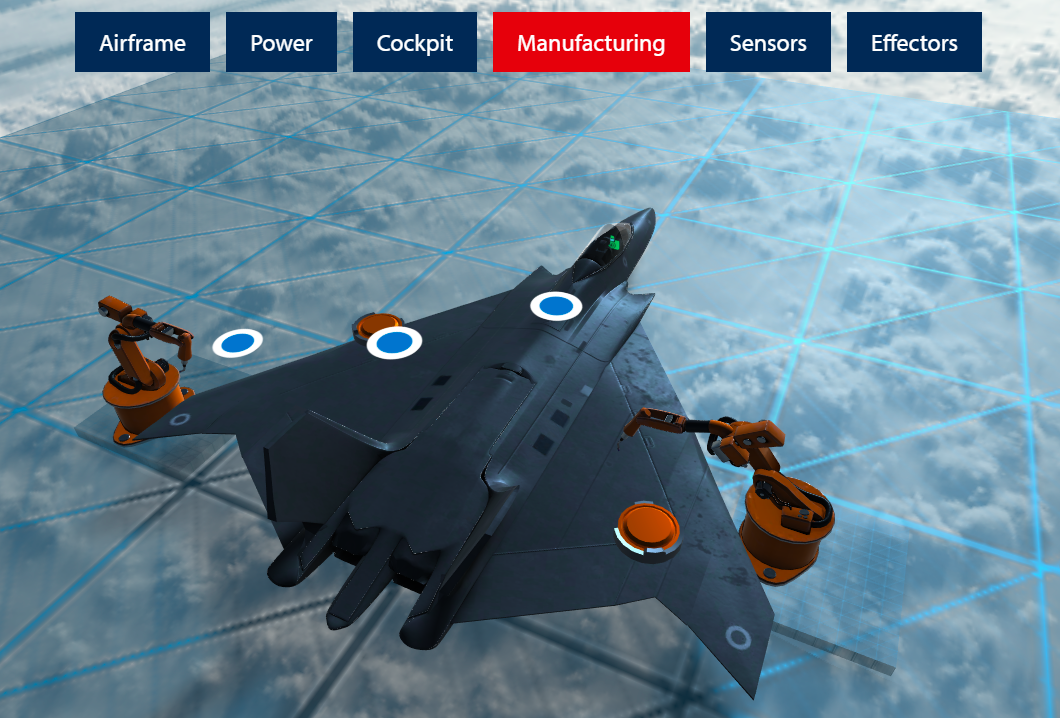
Now and then: part 1
We’re 35!
This is the first in a series of short articles highlighting Binary Vision’s incredible history of digital innovation from our earliest years to today…
Then: Bodyworks (1989)
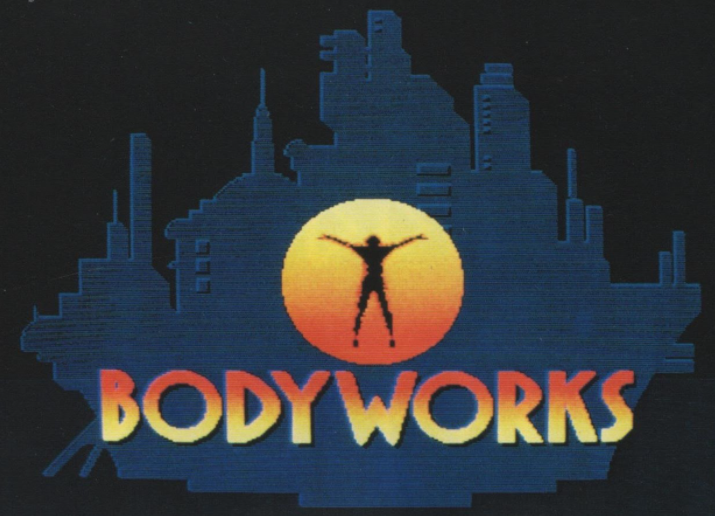
Take yourself back to 1989, if you go that far. A momentous year with the Berlin Wall torn down and the Tiananmen Square democracy protests in China. And The Bangles sang ‘Eternal Flame’ (eternally).
Meanwhile, a youthful BV was creating a radical new interaction design for the not-yet-launched CD-i platform. ‘Bodyworks’ (nothing to do with the yucky exhibitions) was years, decades even, ahead of its time. It featured:
- Personalised fitness videos – varying the choice and reps of video exercises to each user’s fitness level. These made full use of the best available digital capabilities at the time (able to deliver about 1/9th of the screen as ‘full-motion video’.)
- Personalised diet plans and a detailed interactive health questionnaire
- What we then called ‘real world icons’; clickable objects embedded into a virtual Gym which the user navigated. Thirty years ago, this was a radical reimagining of interaction design.

The exit sign, TV, bell, etc are ‘real world icons’, with the exercise video overlaid at maximum size
There was nothing in the world remotely like ‘Bodyworks’ for many years to come.
We even had to work out how to specify an interactive video as this had never been done. The solution we came to used named video scenes, linked together with flow charts.
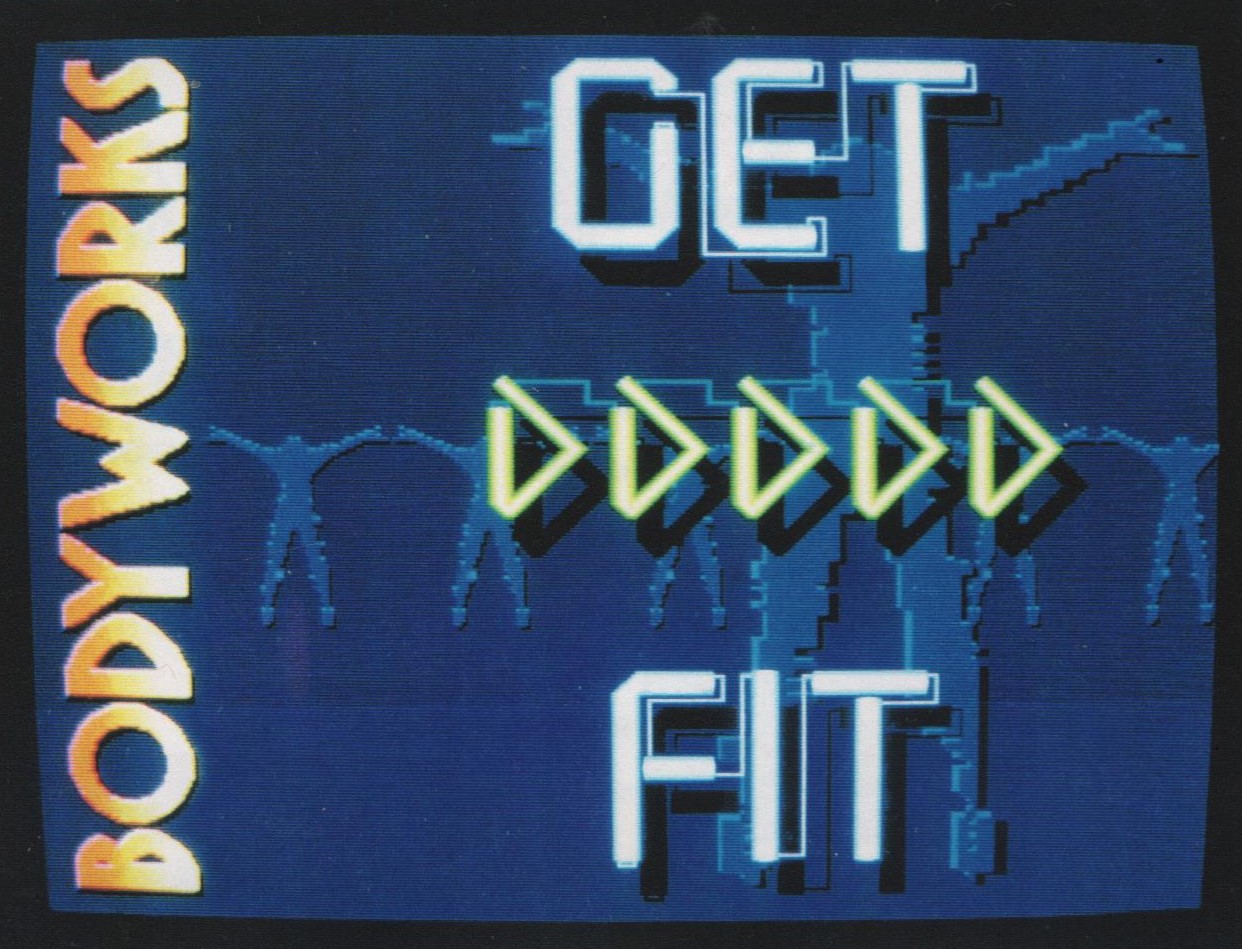
Interstitial ‘count down’ screens hid the delay while the CD-i player was looping back to the exercise repeat
